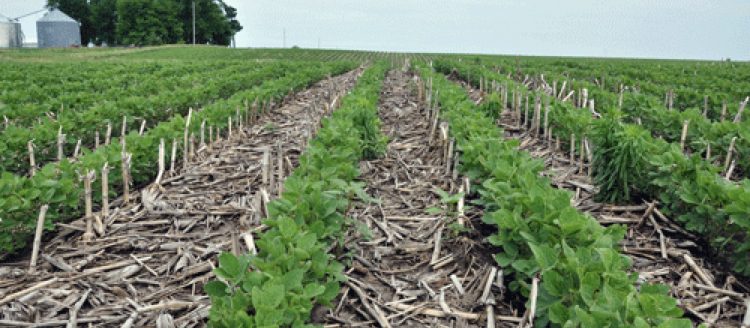Farmers are turning to social media to tell their stories, inform the public, and expand their companies in a fast-changing environment where technology has become even more important. From Facebook to TikTok, these sites have evolved into indispensable tools for those in agriculture to interact with industry leaders, other farmers, and consumers.
Tyler Tobald of Glasco, Kansas, is one farmer embracing this trend. Tobald has used social media along with his wife, Ashley, and son, Cooper, to help others grasp the reality of farming and reach a larger audience.
“I chose to start using social media to become more of a helping hand to others rather than a preacher,” Tobald said. “I wanted to show folks that I can be someone who helps rather than lectures and potentially grow my family’s income.”
Bridging the divide between table and farm
Consumers and the sources of their food are separating more and more. A recent study
by the American Farm Bureau Federation found that 58% of Americans say they know nothing at all about ranching or farming. Social media provides a window into the daily life of farmers and the difficulties they encounter, providing a bridge to close that distance.
“The general public is so removed from agriculture,” Tobald said. “Many folks have absolutely no understanding of what is happening. One day I live-streamed us working cattle and had folks honestly believing we were killing the animals. Using social media helps us to expose our field, which will help agriculture going forward.”
Developing knowledge and community sharing
Platforms like Facebook, Instagram, TikTok and YouTube allow farmers to highlight farming methods, exchange ideas and techniques and interact with distant audiences.
Social media not only allows farmers to inform the public but also helps those working in the field to feel part of a community, Tobald said. Through several internet networks, farmers can encourage one another, trade ideas, and share experiences.
According to a Farm Journal Media 2023 poll, 45% of farmers who use social media feel it has helped their companies. Farmers are discovering fresh approaches to network and work through Facebook groups or Twitter chats.
“Social media has let me find new products, and people, and gives me opportunities I never thought I would have,” Tobald said. “It’s about developing relationships and finding a network that supports each other.”
Economic advantages and company expansion
Using social media in agriculture has financial advantages as well. According to a recent U.S. Department of Agriculture analysis, farmers who use social media to promote their goods saw a 15% average gain in sales. Farmers can directly access consumers by using these sites, therefore eliminating middlemen and improving their profit margins.
For Tobald, social media now forms a crucial component of his commercial plan.
“My ultimate goal is to make a steady enough income to be able and bring my wife home to stay rather than have her work,” he said. “Social media is offering fresh chances we hadn’t thought of before and is guiding us toward that goal.”
Overcoming obstacles and false information
Although social media has many advantages, it also creates problems, including the rapid spread of false information. From misunderstandings about genetically modified organism to worries about animal welfare,
farmers frequently find themselves fighting preconceptions and false ideas about agriculture.
He experienced this personally while live streaming. Through providing clear information and the reasoning behind his farming methods, Tobald seeks to clear misconceptions. More farmers are joining the endeavor to offer correct information and promote understanding as his strategy is catching on.
“We can change impressions and establish confidence with consumers by being open and honest,” Tobald said. “Although it’s not always easy, it’s vital for the direction of agriculture.”
Social media’s future and agriculture
The panorama of agriculture is changing more farmers use social media. By supporting creation, cooperation, and education, platforms like TikTok and Instagram are not only instruments for marketing but also are helping to shape farming going forward.
By 2030, almost 90% of farmers will interact with consumers and industry colleagues using some kind of social media, according to a 2024 National Corn Growers Association projection. Increased transparency, more sustainable methods, and better farmer profitability are projected results from this movement.
Social media can be an instrument for negotiating the difficulties of contemporary agriculture and creating a more sustainable and rich future.
Using social media in agriculture is a transforming movement changing the sector, not
only a trend, advocates say. Tobald is using social media to not only expand his brand but also to encourage a better awareness and build respect for what farmers are doing to feed the world.
Madelyn Murphy can be reached at [email protected].
PHOTO: Hand of young business using smartphone, Social media concept (iStock – Thx4Stock)




